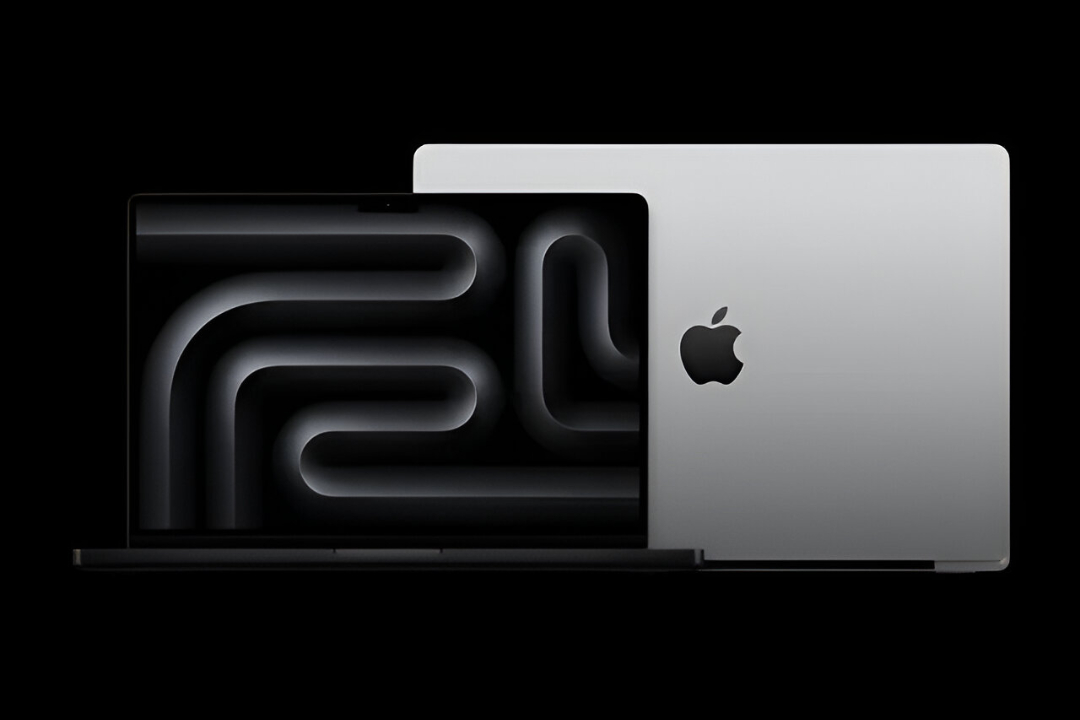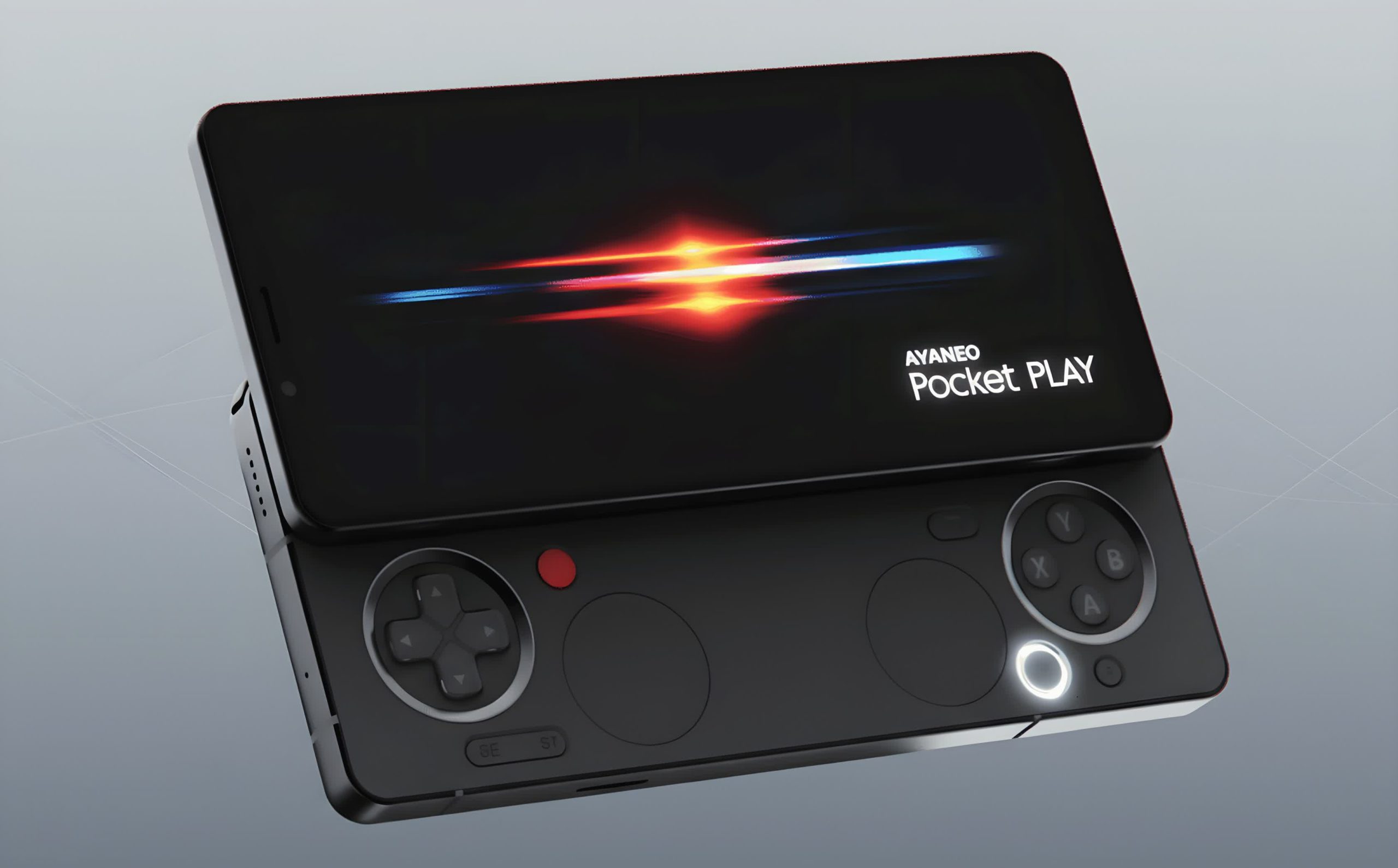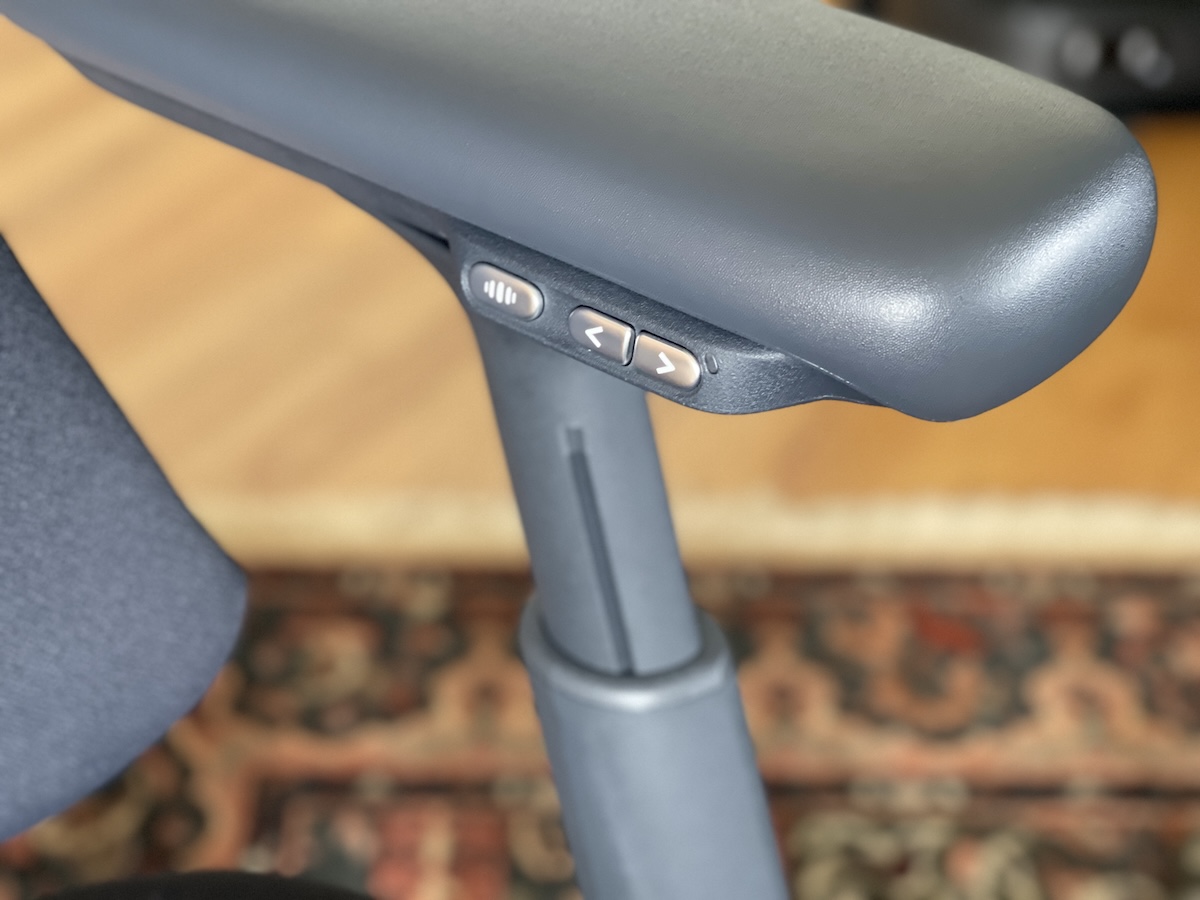Your MacBook Pro upgrade timeline just got a lot less stressful, and Apple’s breaking a pattern that’s defined the laptop industry for years. The company reportedly won’t refresh its flagship laptops with M5 chips in 2025, abandoning the predictable annual cadence that’s become as reliable as your iPhone battery dying at 20%. This shift represents the most significant deviation from Apple’s laptop strategy since the transition to Apple Silicon, potentially reshaping how professionals plan their hardware investments, especially after the initial M5 chip announcement.
Bloomberg’s Mark Gurman—the closest thing to an Apple crystal ball we’ve got—reports that M5 MacBook Pro models are internally targeting a January 2026 launch. This departure from Apple’s usual October-November pro laptop refresh window mirrors the early 2023 strategy when M2 Pro and Max chips surprised everyone with a winter debut, but extends the gap even further.
The 2026 refresh will deliver exactly what the spec sheet promises: 14-inch and 16-inch models powered by M5, M5 Pro, and M5 Max processors built on TSMC’s enhanced N3P process. Think incremental performance gains rather than revolutionary leaps—like getting a software update that improves things instead of breaking your favorite shortcuts. Industry analysts expect modest performance improvements over M4, maintaining Apple’s steady but unspectacular year-over-year gains, just as predicted during the M4 MacBook Air launch earlier this year.
Don’t expect visual drama, though. No chassis redesign, no port changes, and crucially, no OLED display upgrade. The timeline for that screen technology remains murky, with sources suggesting it may not materialize in 2026 at all. It’s giving “we’ll definitely hang out soon” energy—technically possible, but nobody’s holding their breath. This conservative approach contrasts with Windows laptop manufacturers who’ve been aggressively implementing OLED displays across their premium lineups.
The only noteworthy addition might be Wi-Fi 7 support, a feature that the current M4 MacBook Pro inexplicably skipped despite the iPhone 16 getting it first. Because nothing says “pro workflow” like your laptop having slower wireless than your phone. This upgrade becomes more significant considering Wi-Fi 7’s potential for improved performance in dense network environments, exactly where many professionals find themselves working.
This delay creates an interesting opportunity for anyone eyeing a MacBook Pro purchase. Current M4 models, launched in November 2024, suddenly become safe long-term investments rather than pre-refresh casualties. You’re looking at roughly 14 months of being on the cutting edge—longer than most people keep their favorite streaming service. For context, this represents one of the longest “safe purchase windows” Apple has offered on MacBook Pro models in recent years.
For professionals weighing upgrade decisions, this timeline shift removes the immediate pressure that typically builds throughout the year. Your current MacBook Pro isn’t becoming obsolete next fall, and the M5 improvements will likely follow Apple’s typical “faster but not transformative” playbook. The extended timeline also gives Apple more breathing room to refine the M5 architecture, potentially delivering more meaningful improvements when the refresh finally arrives.
The real question becomes whether waiting for potential OLED displays and major design changes—whenever those arrive—outweighs the productivity gains available right now. Sometimes the best upgrade is the one you stop overthinking, especially when the next meaningful leap feels perpetually just out of reach.




























